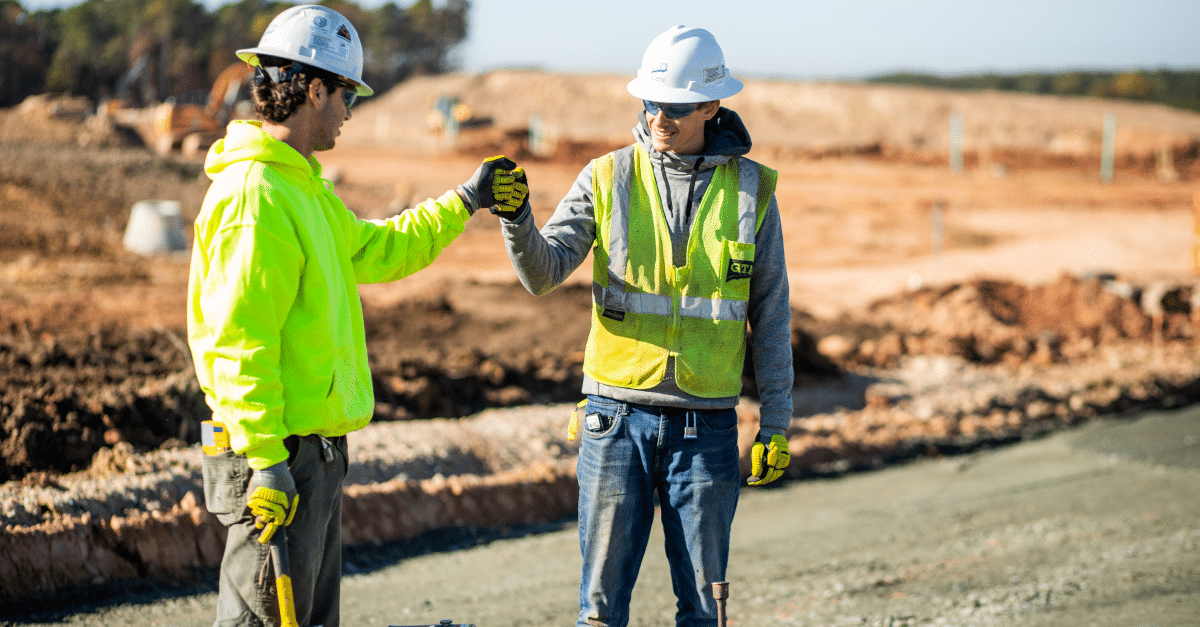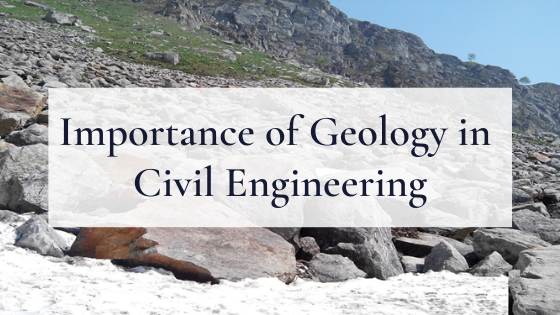Specialized Geotechnical Engineering Solutions Can Be Fun For Everyone
Specialized Geotechnical Engineering Solutions Can Be Fun For Everyone
Blog Article
Not known Facts About Specialized Geotechnical Engineering Solutions
Table of ContentsThe 5-Minute Rule for Specialized Geotechnical Engineering SolutionsSome Known Questions About Specialized Geotechnical Engineering Solutions.The Ultimate Guide To Specialized Geotechnical Engineering SolutionsThe 45-Second Trick For Specialized Geotechnical Engineering SolutionsSome Known Details About Specialized Geotechnical Engineering Solutions How Specialized Geotechnical Engineering Solutions can Save You Time, Stress, and Money.
William Rankine, a designer and physicist, established an alternative to Coulomb's planet pressure concept. Albert Atterberg established the clay uniformity indices that are still utilized today for dirt category. In 1885, Osborne Reynolds recognized that shearing reasons volumetric dilation of thick products and contraction of loose granular products. Modern geotechnical design is claimed to have actually begun in 1925 with the magazine of Erdbaumechanik by Karl von Terzaghi, a mechanical designer and geologist. Terzaghi likewise established the structure for theories of birthing capacity of structures, and the concept for forecast of the rate of settlement of clay layers due to debt consolidation. Afterwards, Maurice Biot completely developed the three-dimensional dirt loan consolidation concept, extending the one-dimensional model previously established by Terzaghi to more basic hypotheses and presenting the set of basic equations of Poroelasticity.
Geotechnical engineers examine and identify the residential or commercial properties of subsurface conditions and materials.
The Ultimate Guide To Specialized Geotechnical Engineering Solutions
Geologic mapping and interpretation of geomorphology are usually completed in appointment with a geologist or engineering geologist. Subsurface exploration usually involves in-situ screening (as an example, the conventional infiltration test and cone penetration examination). The excavating of examination pits and trenching (particularly for finding faults and slide aircrafts) might likewise be made use of to learn more about dirt conditions at depth. , which utilizes a thick-walled split spoon sampler, is the most usual way to accumulate disrupted samples.

Typically, the user interface's specific geometry is unidentified, and a simplified interface geometry is presumed. Limited slopes need three-dimensional designs to be analyzed, so most slopes are examined thinking that they are considerably wide and can be stood for by two-dimensional versions.
Not known Factual Statements About Specialized Geotechnical Engineering Solutions

Dimension of amounts and examination of real conditions. Style modification per real problems The empirical technique appropriates for building that has already begun when an unforeseen development occurs or when a failure or accident looms or has currently occurred. It disagrees for projects whose layout can not be modified during building.
Concepts of Geotechnical Design. Thomson Knowing. Budhu, Muni (2007 ). Dirt Mechanics and Structures. John Wiley & Sons, Inc. . ISBN 978-0-471-43117-6. Disrupted dirt homes and geotechnical style, Schofield, Andrew N., Thomas Telford, 2006. Guerriero V., Mazzoli S. (2021 ). "Concept of Effective Anxiety in Dirt and Rock and Effects for Fracturing Processes: A Review".
The Definitive Guide for Specialized Geotechnical Engineering Solutions
Concepts and Technique of look at this now Ground Renovation. Ground Renovation Concepts And Applications In Asia. Layout evaluation in rock auto mechanics.
Cengage Discovering, Stamford, 666 p. Atkinson, J., 2007. The mechanics of dirts and foundations. Taylor & Francis, N.Y., 442 p. Floating Offshore Wind Generators: Actions in a Sea state Pareto Ideal Styles and Economic Evaluation, P. Sclavounos et al., October 2007. Nicholson, D, Tse, C and Dime, C. (1999 ). The Observational Method in ground design concepts and applications.
9 Easy Facts About Specialized Geotechnical Engineering Solutions Described
These records are customized to meet the particular demands of a task and consist of layout parameters and guidance for the building of an array of manufactured structures. Along with supplying working as a consultant services covering locations such as slope security and load-bearing capacities for different products, these engineers undertake r & d tasks to boost methodologies, equipment, products understanding and evaluation covering entire lifecycles (Specialized Geotechnical Engineering Solutions).
Design the buildings and auto mechanics of rocks consisting of the application of characteristics, fluid mechanics, kinematics and product mechanics. This unites geology, soil and rock technicians, and architectural engineering for the style and construction of structures for a variety of civil design tasks. This field involves anticipating the performance of foundation Click Here dirt and rock to a tons imposed by a structure, while taking into consideration efficiency, economic climate and safety and security.
Prices of pay usually increase as your knowledge and abilities grow, with standards aiming to a graduate beginning wage of between 18,000 and 28,000 per year in the UK. This climbs to 26,000 to 36,000 with a few years of experience and afterwards getting to 40,000 to 60,000+ for senior, chartered or master designers.
3 Easy Facts About Specialized Geotechnical Engineering Solutions Shown
However, with the appropriate application it is possible to grasp the profession and gain access to a difficult yet rewarding and vital occupation. A rock hound would need to a fantastic read re-train to come to be a geotechnical engineer, although there is plenty of cross-over between both occupations, which might make this much easier. Geologists require to have an understanding of dirts, rocks and other products from a clinical point of view, while geotechnical engineers story their knowledge of matters such as dirt and rock auto mechanic, geophysics and hydrology and apply them to design and environmental projects.
When starting out, these designers will tend to work with less complex tasks, building up expertise and experience prepared for even more tough job later on. Geotechnical engineers often tend to specialise in particular areas as they grow in experience, focusing on specific facilities such as trains, roadways or water. These engineers likewise deal with renewable resource, offshore and onshore oil and gas, nuclear power, and more.
Report this page